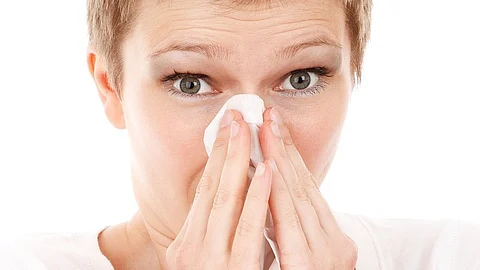The researchers found that individuals with allergic rhinitis—both with and without asthma—had more diverse and abundant fungal communities in their noses than the healthy control group. This suggests that allergic rhinitis might change the composition of the nasal microbiome, with increased fungal diversity playing a potential role in the condition.
The study highlighted a higher prevalence of opportunistic fungi, such as Malassezia (linked to dandruff and acne), Aspergillus (a known allergen), Candida (associated with thrush), and Penicillium (famous for producing penicillin). These fungi are often involved in allergies or infections and could influence the immune system in the nose.
Interestingly, people with both allergic rhinitis and asthma had even more complex fungal ecosystems, supporting the theory that rhinitis and asthma could represent two distinct but related conditions. The research also compared metabolites between the samples and identified differences in metabolic pathways, particularly increased production of 5-aminoimidazole ribonucleotide, a molecule previously linked to inflammatory diseases like colorectal cancer.
However, the researchers caution that it's unclear whether the fungal changes are a cause or a consequence of the diseases. Since the study only captured data at one point in time, long-term research would be needed to explore the potential relationship between fungi and respiratory conditions like hay fever and asthma.
Reference:
1. Frontiers Science News. "Patients Whose Allergies Cause the Sniffles Have Different Fungi Living in Their Noses, Compared to Healthy People." Frontiers in Microbiology, December 17, 2024. Accessed December 27, 2024. https://www.frontiersin.org/news/2024/12/17/allergies-sniffles-different-fungi-living-in-noses-frontiers-microbiology.
(Input from various sources)
(Rehash/Dr. Sruthi Suresh/MSM)


